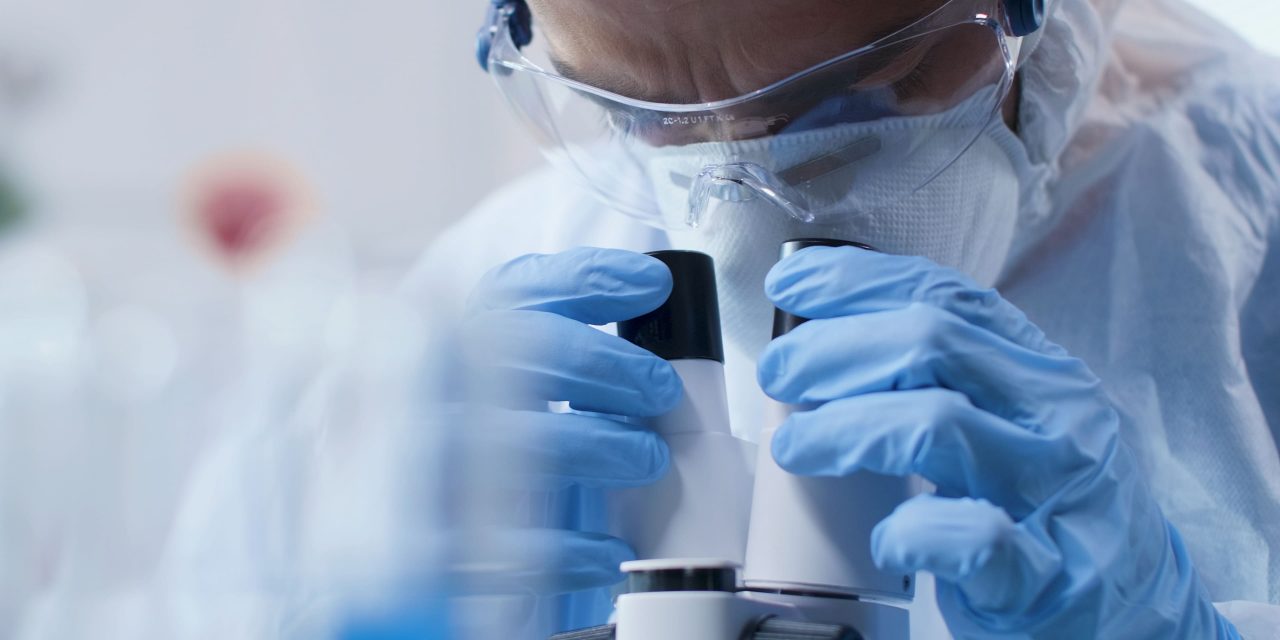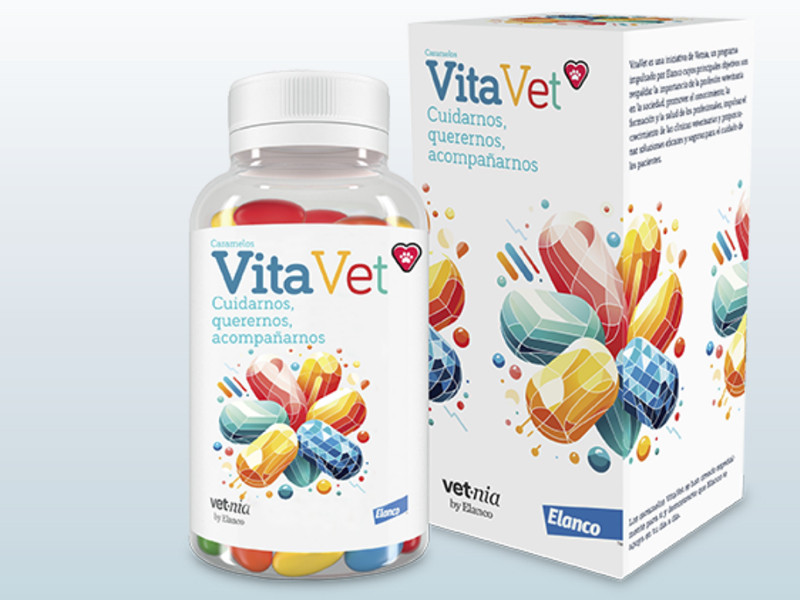The provincial government, through the Chaco Science, Technology and Innovation Institute (ICCTI), has completed the delivery of new automatic nitrogen determination equipment that will allow a greater number of samples to be processed in less time. On this occasion, the institution beneficiary of the equipment is the Research Center for Organic and Biological Chemistry (QUIMOBI) of the Regional Resistance College of the National Technological University (UTN).
The nitrogen determination device was manufactured in Italy and is worth approximately nine million pesos, and was financed by the Chaco government under the regional program “Repair, Equip and Construction of Science” (REC).
“Through the REC program, we seek to contribute to strengthening the scientific research, technological development and innovation capabilities of local institutions that make up the scientific and technological system,” said Juan Martin Fernandez, President of ICCTI.
The program funds projects presented by research institutions working on topics related to agribusiness, the knowledge economy, health and the environment, in three ways: repair, equip and build. He added: “Through this initiative, we seek to improve the conditions for developing scientific and technological activity, connectivity and transportation, and the dissemination and dissemination of science and technology.”
Furthermore, Fernandez highlighted: “The important thing is that the institution that makes use of this equipment will ensure that other research groups, companies and potential users can access or benefit from its use.” REC is the first program funded at the local level to strengthen scientific and technological organizations in the Chaco, which falls within one of the pillars of the institutional work of the ICCTI, in order to improve the productivity, development and sustainability of the region’s institutions. boycott.
New equipment for local research
Paola Dagnino, Doctor of Engineering and member of the QUIMOBI Center, pointed out the capabilities of the new equipment that the Foundation has received. “Through the REC program we have obtained automatic equipment for determining total nitrogen using the Kjeldahl method, which will allow us to determine the protein content in grains, flour, meat, liquid waste and in all types of samples, as well as in biological materials,” he explained. . The teacher and researcher added: “The device has great advantages, and has applications in many industries, and its methodology is relatively simple, especially since it is a fully automatic device.”
Dagnino stressed that “the data we will obtain is repeatable and will be obtained relatively quickly,” explaining that the region does not currently have similar equipment. The researcher added: “This technique is done, but with equipment that is not automatic, and therefore the new equipment will help us obtain many samples in a short time.” He announced that this equipment would help in different ways: “We can use it to monitor water quality, the nutritional content of food and to monitor nitrogen in the soil.”
“In our case, when working with lignocellulosic materials or materials derived from industrial waste, one of the important factors to determine the properties of our raw materials is the nitrogen content and protein content,” he noted.
Likewise, Dagnino explained, this equipment could also be used to provide services to the social and production environment: “For example, we will be able to determine the percentage of nitrogen present in each food and extrapolate it to the amount of protein it will contain.” You have.” He highlighted the value of this practice, especially since food packaging must contain all nutritional information.
Another example of the use of the new equipment presented by Dagnino relates to the ability to measure nitrogen content in soil. “Ammonia combined with nitrite or nitrate is an indicator of soil quality, so we can measure it to provide this information and use it for different types of crops,” he explained. Another important aspect that can be measured is the nitrite content in water, which is widely used to monitor the quality of water intended for public consumption.





